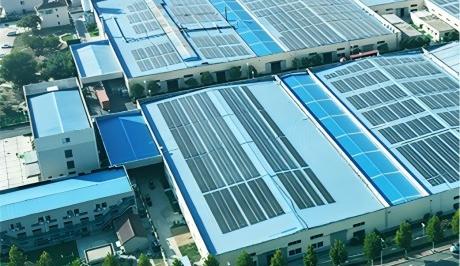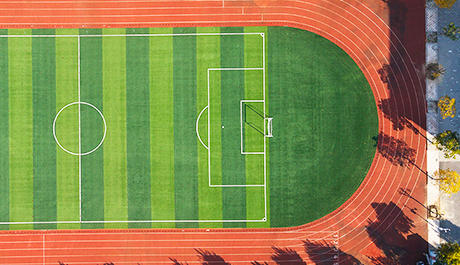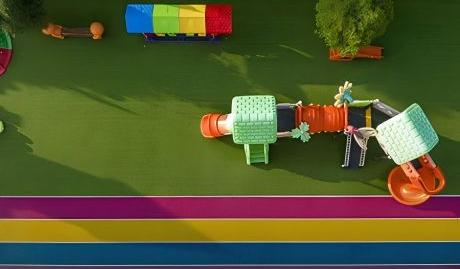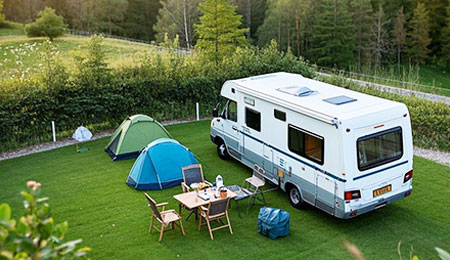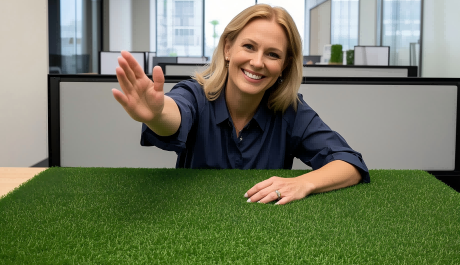Step 1: Site Preparation
● Clear the area: Remove any existing grass, weeds, rocks, and debris from the installation site. Use a rake or shovel to ensure the surface is clean and smooth.
● Level the ground: Check the ground for any unevenness. If necessary, use a leveling tool or add soil to create a flat surface. Compact the soil to ensure stability.
● Install a weed barrier: Lay down a weed barrier fabric over the prepared ground. This will prevent weeds from growing through the artificial turf.
Step 2: Base Preparation
● Determine the type of base needed: Depending on the intended use of the artificial turf, a suitable base material should be selected. Options include crushed stone, gravel, or a combination of sand and gravel.
● Install the base: Spread the base material evenly over the weed barrier. Use a rake or shovel to level the base and compact it using a plate compactor or roller. The base should be about 2-3 inches thick for most applications.
● Ensure proper drainage: Make sure the base is sloped slightly to allow for proper drainage. This will prevent water from pooling on the artificial turf.
Step 3: Artificial Turf Installation
● Unroll the artificial turf: Carefully unroll the artificial turf on top of the prepared base. Make sure the turf is facing the right direction and that the pile is facing up.
● Cut and fit the turf: Use a sharp knife or turf cutter to cut the turf to fit the installation area. Make sure to leave a slight overlap at the edges for seaming if necessary.
● Secure the turf: Use landscape staples or nails to secure the edges of the turf to the ground. Place the staples or nails about every 6-8 inches along the perimeter.
● Seam the turf (if needed): If the installation area is large or requires multiple pieces of turf, seams may need to be created. Use a turf seaming tape and adhesive to join the pieces of turf together. Follow the manufacturer's instructions for proper seaming.
Step 4: Infill Installation
● Choose the appropriate infill: Select the type of infill that is recommended for your artificial turf. Options include sand, rubber granules, or a combination of both.
● Spread the infill: Use a spreader or shovel to evenly distribute the infill over the artificial turf. Start with a thin layer and gradually add more until the desired amount is reached. The amount of infill needed will depend on the type of turf and the intended use.
● Brush the infill: Use a stiff broom or power broom to brush the infill into the turf yarns. This will help to distribute the infill evenly and give the turf a more natural look and feel.
Step 5: Final Inspection and Cleanup
● Inspect the installation: Walk over the artificial turf and check for any areas that may need additional attention. Make sure the turf is securely fastened and that the infill is evenly distributed.
● Clean up the site: Remove any excess infill or debris from the installation area. Use a rake or broom to clean up the edges and make the installation look neat and tidy.


